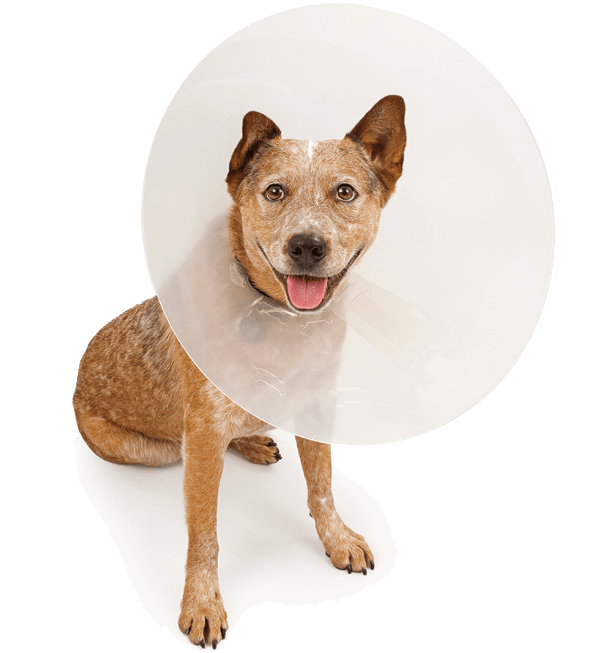Virtual Library | Cataracts and Cataract Surgery
If your pet is exhibiting signs of eye redness, swelling, discharge, cloudiness, squinting or bumping into objects around the house, it’s time to have their eyes examined for cataracts. Cataracts are a leading cause of vision impairment in animals. Read on to find out more about surgical solutions and related conditions associated with this disease.
← Flip through our digital brochure
Visit related pages for more information:
So, You Brought Home a Bulldog
Cataracts and Cataract Surgery
Entropion Causes and Treatment
Feline Herpesvirus and Treatment
OFA Certification Registry Exams
Visit our blog, In Focus, to learn more about the pets we see, the treatments we offer and the services we provide to help your pet “see a better life.”
 A cataract is an opacity or cloudiness that develops within the lens of the eye. The lens is a normally clear structure in the center of the eye that helps to focus light on the retina and allow for fine detail in vision. Therefore, when a cataract develops, it results in cloudy or blurred vision, and up to complete loss of vision.
A cataract is an opacity or cloudiness that develops within the lens of the eye. The lens is a normally clear structure in the center of the eye that helps to focus light on the retina and allow for fine detail in vision. Therefore, when a cataract develops, it results in cloudy or blurred vision, and up to complete loss of vision. The success rate for cataract surgery in dogs is quite high, with greater than 90% of cases undergoing a successful procedure and having improved vision following surgery.
The success rate for cataract surgery in dogs is quite high, with greater than 90% of cases undergoing a successful procedure and having improved vision following surgery.